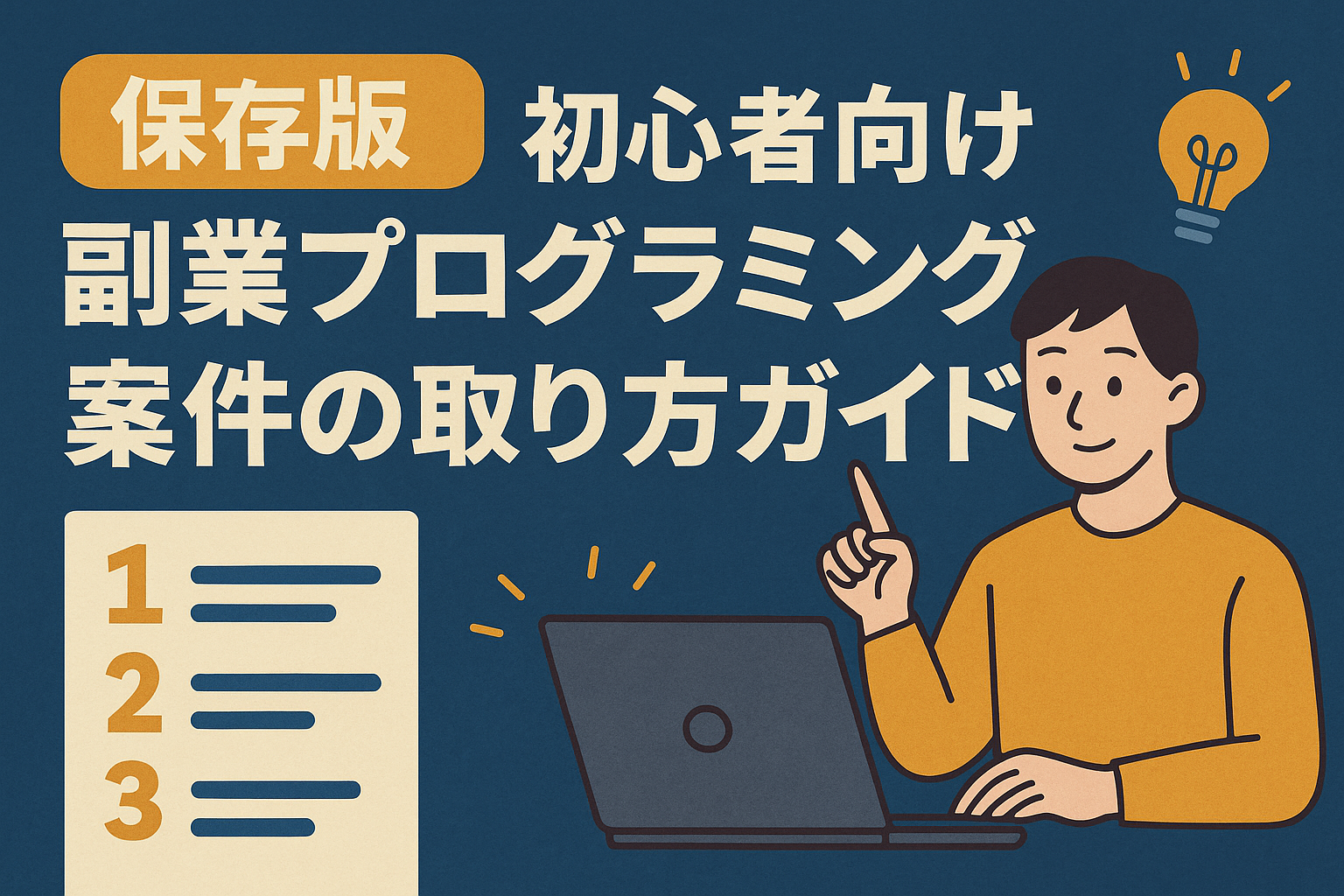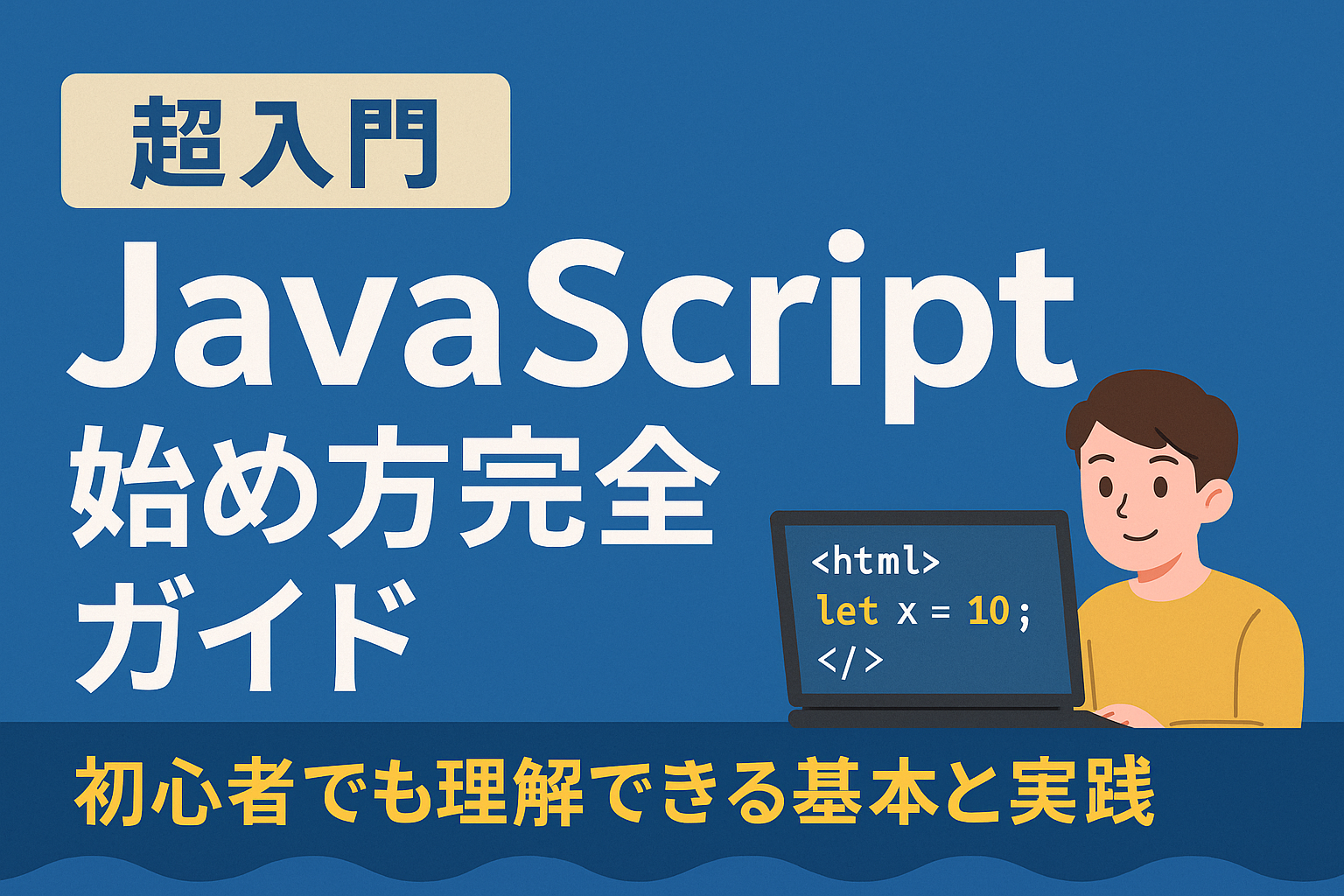"Should I start programming in elementary school?" "I don't know which teaching materials or classes are suitable for my child..."
I'm sure there are many parents who have similar concerns. Programming education will become compulsory in elementary schools from 2020, and is attracting attention as a skill for children's future.
In this article, we will explain in an easy-to-understand manner even for beginners the best time to start learning programming, how to choose recommended teaching materials and classes, how to support your child at home, etc. We hope that this article will help you find the best learning method that suits your child's interests and development.
The best time to start learning programming
Generally, students start from the third grade of elementary school.
conclusion
It is common for children to start learning programming around the third grade of elementary school.
reason
At this stage, children will be able to do basic reading, writing and arithmetic, and their logical thinking skills will begin to develop, which will make it easier for them to grasp the basic concepts of programming.
Examples
For example, it will be possible to create simple games and animations using visual programming languages such as Scratch.
reassertion
Therefore, it is effective to start learning programming from the third grade of elementary school.
It is also possible to study from the lower grades.
conclusion
It is possible for even first or second grade elementary school students to start learning programming.
reason
Children at this age naturally learn through play and can approach programming as if it were a game.
Examples
Tools like Viscuit and Minecraft allow you to learn programming concepts visually without using text.
reassertion
In other words, if you choose the right teaching materials, even early grade students can start learning programming.
Recommended programming materials
Scratch and Viscuit are good choices for beginners
conclusion
For beginner elementary school students, we recommend visual programming materials such as Scratch and Viscuit.
reason
These teaching materials are intuitive to use, as programs can be created by combining blocks without using letters.
Examples
• Scratch: A free programming language developed by MIT that can be used to create animations and games.
• Viscuit: You can create simple games and other programs using pictures you have drawn.
reassertion
This type of visual learning material is ideal for elementary school students who are new to programming.
I also recommend Minecraft and Lego.
conclusion
Programming materials using Minecraft and Lego are also attractive options for elementary school students.
reason
These teaching materials are likely to capture children's interest because they allow them to learn programming concepts while playing.
Examples
• Minecraft: You can learn the basics of programming by creating buildings using commands in the game.
• Lego: Using Lego blocks and special software, you can create programs to make robots move.
reassertion
Therefore, by using Minecraft and Lego, you can learn programming while having fun.
How to choose a programming class
Check out the curriculum
conclusion
When choosing a programming class, it is important to carefully check the curriculum content.
reason
Each classroom has different teaching content and pace, so you need to choose a curriculum that suits your child's level and interests.
Examples
• Classes specializing in game production
• Robot programming classes
• Classes that teach typing and basic computer operations
reassertion
By checking the curriculum, you can choose the best classroom for your child.
Check out the classroom atmosphere with a trial lesson
conclusion
We recommend that you attend a trial lesson to get a feel for the classroom atmosphere and teaching methods.
reason
By experiencing the classroom environment, you can determine whether your child will enjoy the class.
Examples
• Observe the children's reactions during the trial lesson
• Check the teacher's teaching methods and responses
• Check the classroom facilities and environment
reassertion
Therefore, participating in a trial class will help you choose a class.
How to support at home
Parents should also be willing to learn together
conclusion
When your child learns programming, it is important for parents to be willing to learn together.
reason
When parents are involved, it increases their child's motivation to learn and encourages continued learning.
Examples
• Try using programming materials together
• Enjoy your child's creations together
• Share and praise learning progress
reassertion
In this way, parents can support their children's learning by taking a collaborative approach to learning.
Let's encourage learning that embraces failure
conclusion
When learning programming, it is important to develop an attitude of enjoying failure.
reason
Through trial and error and failure, you will develop problem-solving skills and creativity.
Examples
• Let's think together about why a program doesn't work.
• Enjoy the process of correcting errors.
• Encourage experimentation with new ideas.
reassertion
Therefore, encouraging learning that embraces failure can help your child grow.
FAQ
Q1: What are the benefits of elementary school students learning programming?
A: It develops logical thinking and problem-solving skills.
Programming involves a constant process of thinking for yourself and trying new things, so you will naturally develop your critical thinking skills and perseverance.
Q2: Is it okay if my parents are not familiar with programming?
A: Don't worry. Even if you are not an expert, the best way to support your child is to encourage their motivation.
Recently, there has been an increase in teaching materials and classes that provide support for parents.
Q3: Which is better: home study or classroom learning?
A: Choose based on your child's personality and lifestyle.
Home study is often better for children who have the ability to concentrate, while classroom study is better for children who get bored easily.
Q4: How often should I study?
A: The recommended time is 1 to 2 times a week.
It's important not to cram too much into your schedule and to maintain a pace that allows you to continue having fun.
Q5: What programming materials do you recommend?
A: Scratch, Viscuit, Minecraft, and Lego are popular among elementary school students.
In both cases, learning can be done in a playful manner, so you will naturally acquire knowledge and skills.
summary
Elementary school students generally start learning programming around the third grade, but they can start learning at a younger age if they choose the right teaching materials. For beginners, visual programming materials such as Scratch and Viscuit are recommended. You can also learn while having fun by using Minecraft and Lego.
When choosing a programming school, check the curriculum and atmosphere of the school to choose one that suits your child. At home, parents can support their children's programming studies by encouraging them to learn together and enjoy failure.
To expand your child's future possibilities, make sure to prepare early and provide appropriate support.


